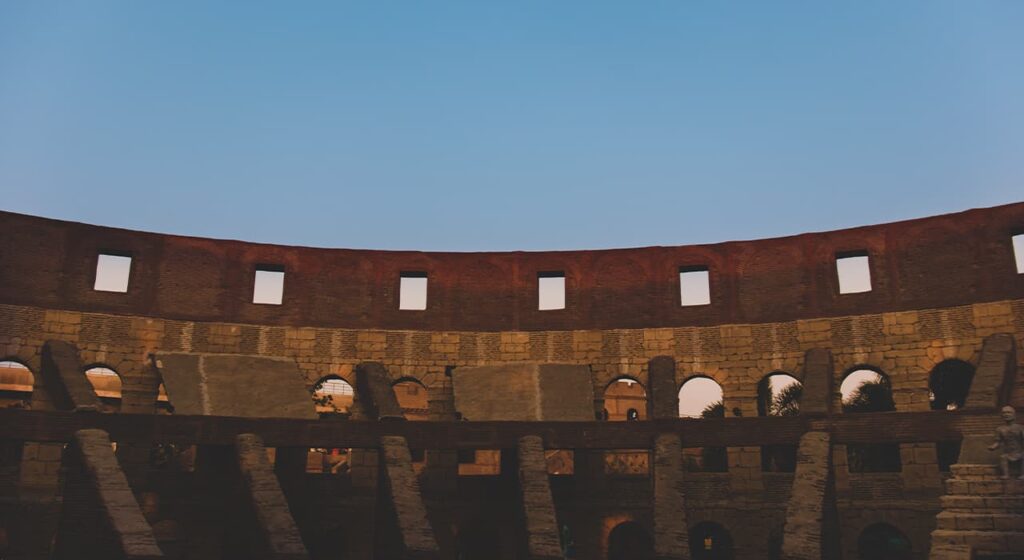
Amphitheater acoustics: tips and tricks
With all the distractions present in the outdoors, amphitheater acoustics deserve special consideration. Every outdoor venue is unique. However, these tips should get you started designing a great-sounding performance space!
Setting the Stage
Contemporary amphitheaters often include bandshell structures, which help amplify sound and enhance the performances.
Many of these amphitheater structures have concave shapes so that the roof appears like a natural extension of the landscape. While beautiful, concave amphitheater roofs focus sound toward the center point of the circles they describes. For most amphitheaters, this point is on the stage, not in the audience.
To improve the acoustics of your amphitheater’s stage, consider flattening the roof structure. Also, extending the roof beyond the front of the stage can further direct sound to the audience.
While these changes can improve the amphitheater acoustics, they will not provide the forward reflections needed for an optimal audience experience. To achieve these reflections, try adding convex sound-reflecting panels to the underside of the roof structure. In addition to reflecting sound out into the audience area, they would also help prevent unwanted direct reflections back onto the stage area.
Hearing the Show
The ancient Greeks and Romans lacked sound reinforcement technology. These days, however, professional sound reinforcement system design can ensure that everyone in attendance can hear the performance.
You don’t need to rely entirely on technology, though. Follow the lead of the ancients and try these acoustical enhancements.
A semicircular seating area brings the audience closer to the stage, and reduces sound energy lost by distance. Try designing the seating area with at least a 20º slope. Not only does this help people see the show, but it also reduces attenuation caused by the seated audience.
In addition, don’t forget about mother nature! Design your site layout with the prevailing wind direction in mind.